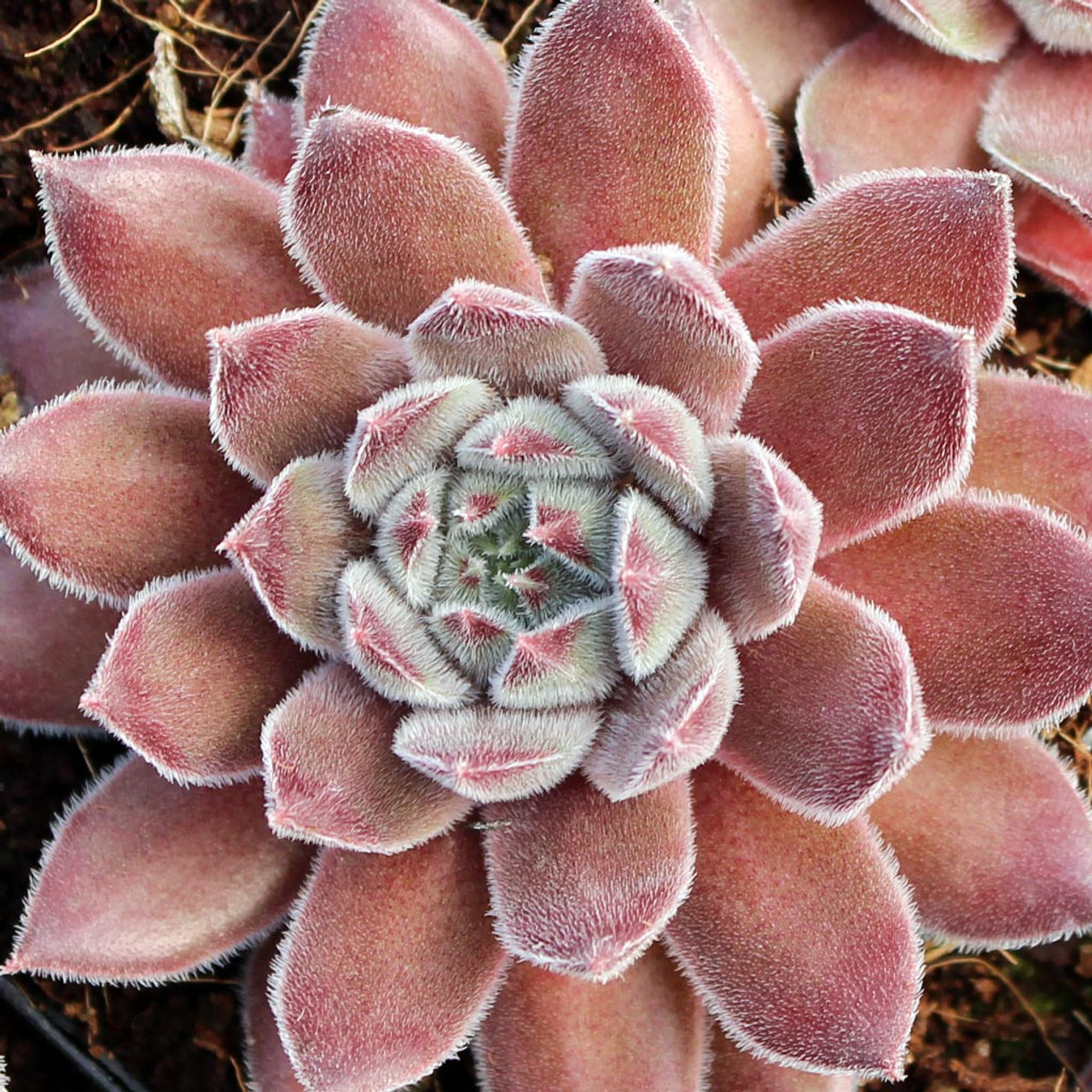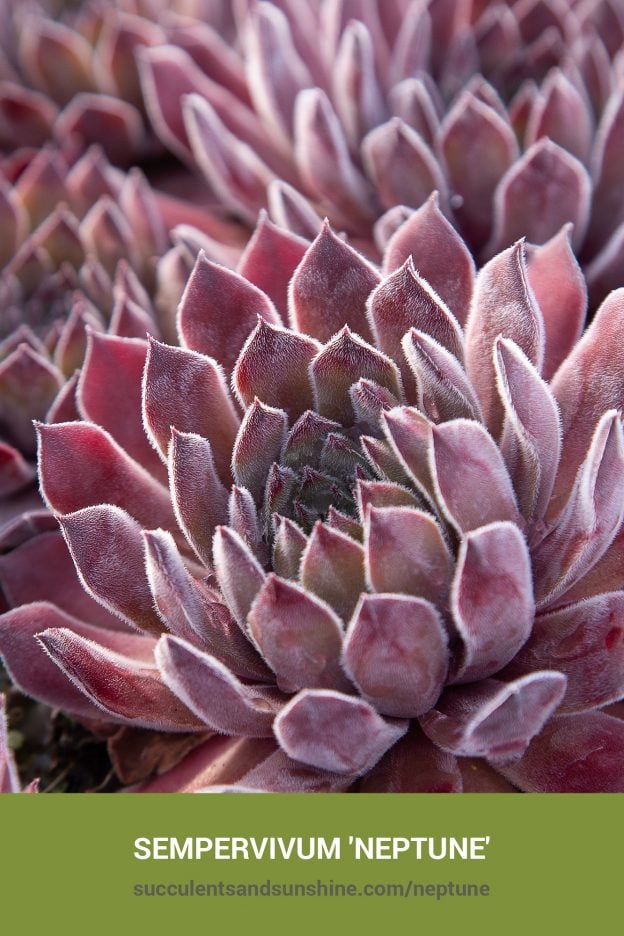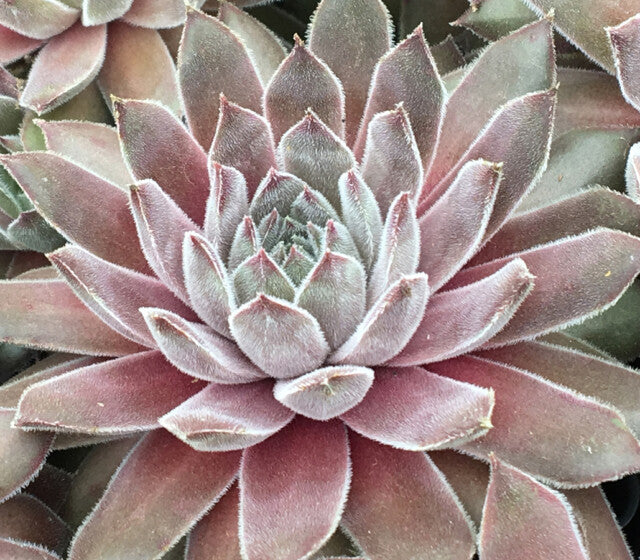This heat-tolerant, deer-resistant succulent is ideal for a four-season garden. Throughout the year, its rosettes change color from yellow-green to pink and purple. Even though it is monocarpic, it produces many offshoots before it passes away.
Table of Contents
Care and Propagation Information
Sempervivum ‘Neptune’ brings a splash of brightness to succulent gardens in the winter. Its plush leaves change color depending on the season and the amount of sunlight it gets. This type of succulent was bred by Ed Skrocki.
Watering
Sempervivum ‘Neptune’ typically needs the same amount of water as other succulents. It is best to use the “soak and dry” technique, allowing the soil to dry out fully before watering again.
Where to Plant
Sempervivum ‘Neptune’ is hardy in temperatures as low as -20° F (-28.8° C) and thrives in both full and partial sunlight.
Put the plant in a spot in your garden that receives 4-6 hours of sunlight daily. This plant cannot be grown indoors.
How to Propagate Sempervivum ‘Neptune’
Sempervivum ‘Neptune’ is typically propagated from the offsets or “chicks” of the parent plant, as it does not reproduce reliably when grown from seed.
Offsets
Cut the offsets of ‘Neptune’ off the main stem with a sharp, sterile knife or scissors. Let them sit and dry out for a period of one to two days before laying them on soil that is well-draining.
Flowering Information
Bees and butterflies are drawn to flowers.
Care and Propagation Information
General Care for Sempervivum ‘Neptune’
Sempervivum ‘Neptune’ brings a splash of brightness to succulent gardens in the winter. Its plush leaves change color depending on the season and the amount of sunlight it gets. This type of succulent was bred by Ed Skrocki.
Watering
Sempervivum ‘Neptune’ typically needs the same amount of water as other succulents. It is best to use the “soak and dry” technique, allowing the soil to dry out fully before watering again.
Where to Plant
Sempervivum ‘Neptune’ is hardy in temperatures as low as -20° F (-28.8° C) and thrives in both full and partial sunlight.
Put the plant in a spot in your garden that receives 4-6 hours of sunlight daily. This plant cannot be grown indoors.
How to Propagate Sempervivum ‘Neptune’
Sempervivum ‘Neptune’ is typically propagated from the offsets or “chicks” of the parent plant, as it does not reproduce reliably when grown from seed.
Offsets
Cut the offsets of ‘Neptune’ off the main stem with a sharp, sterile knife or scissors. Let them sit and dry out for a period of one to two days before laying them on soil that is well-draining.
Flowering Information
‘Neptune’ is a plant that blooms only once in its lifetime, taking several years to do so. The flower usually appears in late summer or autumn.
Bees and butterflies are drawn to flowers.
FAQ
What is the most beautiful Sempervivum?
Sempervivum bernstein is a captivating variety of the Sempervivum genus, boasting striking copper-orange rosettes and red-burgundy leaf tips. This eye-catching combination will surely bring an attractive flair to your succulent garden.
How many years do succulents live?
Where is the best place to plant Sempervivum?
Sempervivums do well in south-facing rockeries, gravel gardens, and vertical walls, as long as they have access to plenty of sunlight. Plant them in a well-draining soil mix that includes horticultural grit for improved drainage.
How many types of Sempervivum are there?
Reworded: To put it another way, it is necessary to take action quickly.



